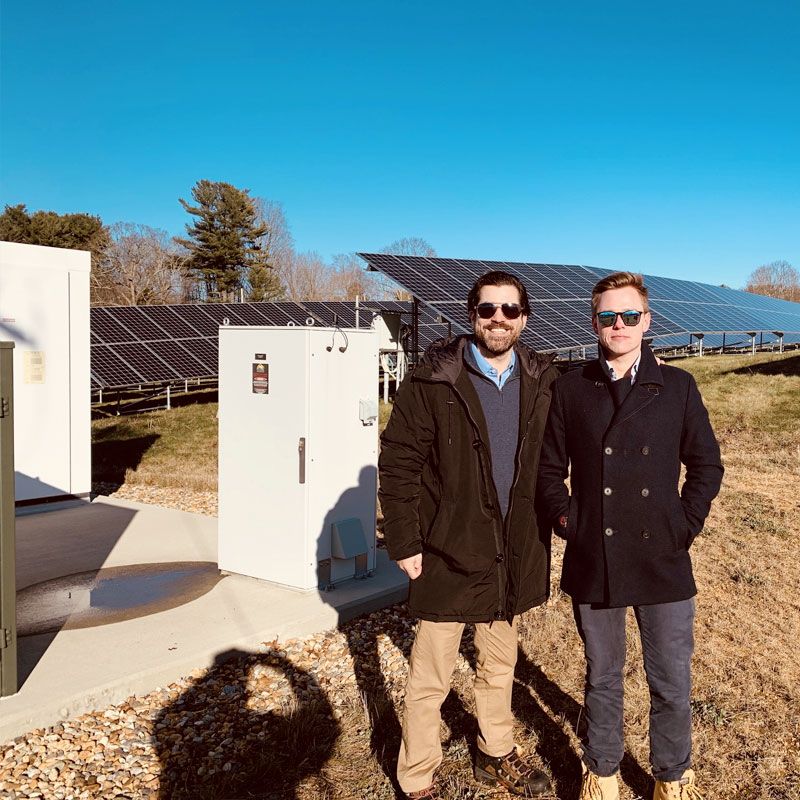
Last week I visited my first solar farm, in Massachusetts, and sat down with our customer to talk about the market for solar in the US.
The solar industry in the US has grown by 40 times in the past 10 years and shows no sign of slowing as large scale solar farms – which contribute the bulk of the US’ solar distribution – continue to be installed at an impressive rate. Moreover the market for residential solar installations could, according to predictions by Credit Suisse analysts, grow by as much as 3 times by 2025 to achieve 41GW installed capacity.
Considering the ongoing innovations within solar and associated energy infrastructure this growth forecast could still be conservative. One key development has been the evolution of battery storage technologies which would allow the energy harnessed during the day to be stored and distributed when demanded by the grid. This would allow solar operators to increase their profits – managing their supply to the grid when prices are highest – and allow States to move closer to their goal of decommissioning coal or natural gas power plants in favour of greener energy sources.
However there are still challenges that the industry needs to overcome. One such challenge is resistance from residents in certain municipalities who have had negative experiences with the land grab that has taken place and do not consider a field stacked full of solar panels as their preferred neighbour. Some general contractors have disrupted local wildlife and breached agreements during projects causing further upset. Also and perhaps most significantly does the solar industry have a plan for nearly 2 million solar panels that have been installed across the US when they lose efficiency and need replacing or removing in 20-25 years?
Balance is important for States when considering investment in their energy industry to meet expectations from the grid reliably but also to achieve their renewable energy commitments. How bigger cut of the pie the solar industry gets will depend on their innovation and how well they can answer emerging critics.
Topics covered
Keep reading...
All blogs-
Spencer Ogden
Spencer Ogden renews sponsorship deal with Bucks RFC, Singapore
-
Spencer Ogden
We’ve been shortlisted for ‘Diversity and Inclusion Award 2022’ at the European Wind Investment ...
-
SOapbox Season Three
The SOapbox Series | Season 3 Episode 1: The importance of diversity when building a team
-
SO Careers
SO Careers - Meet Recruitment Consultant, John Bougias
-
CSR
Igniting Change: Spencer Ogden's Energy Conservation Triumphs on World Energy Conservation Day





